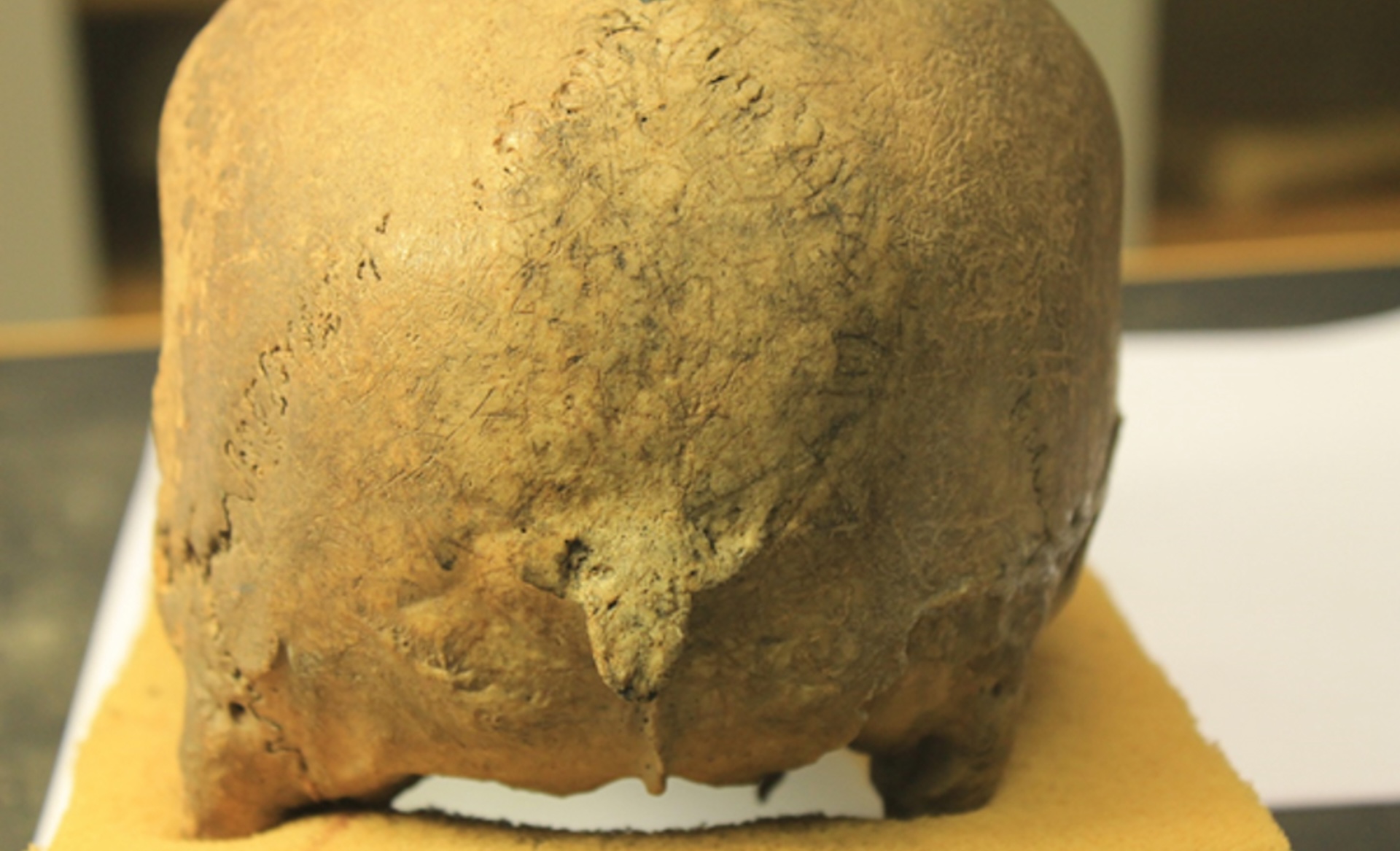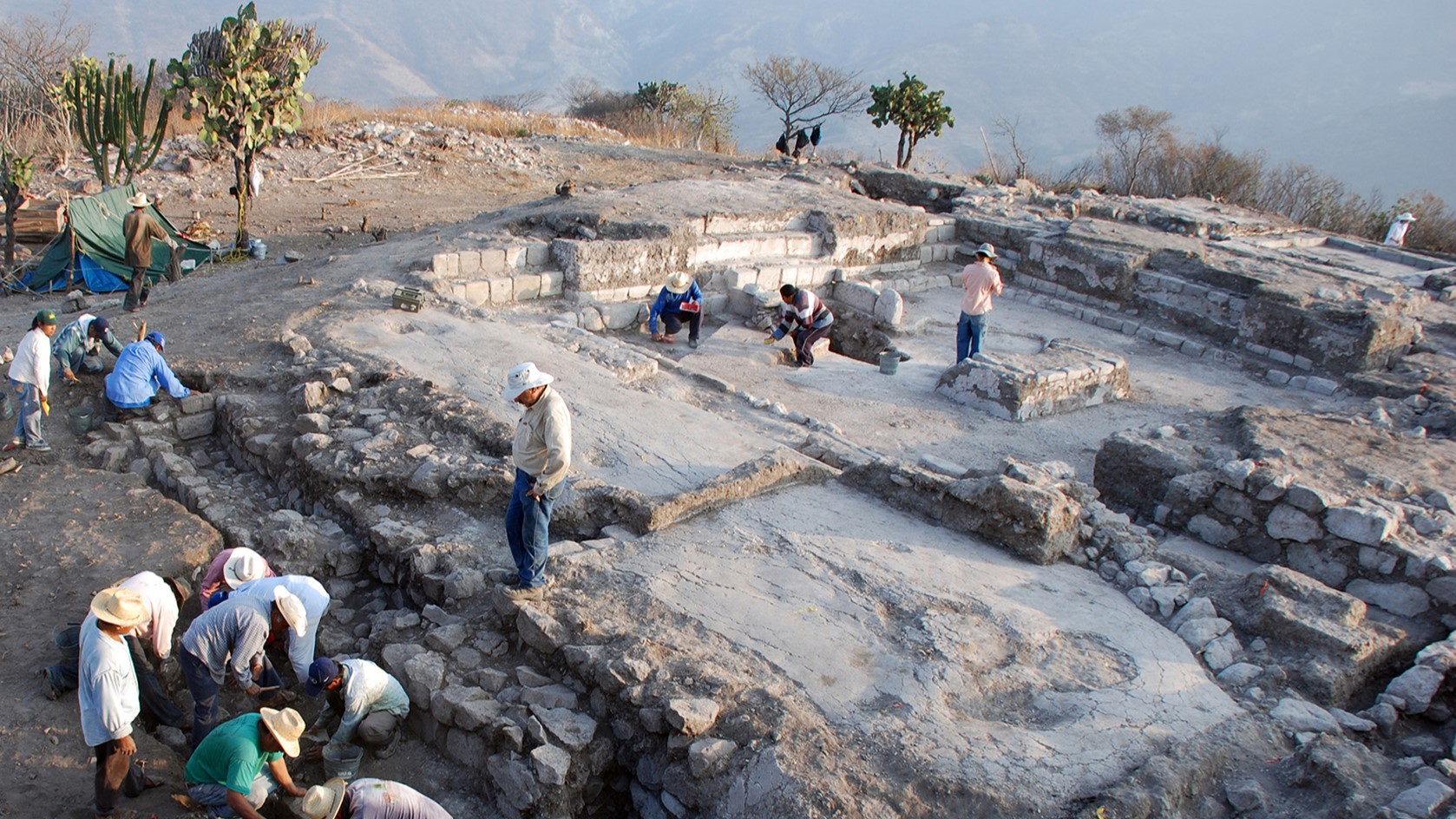Vikings in Norway were much more likely to die violent deaths than those in Denmark
Viking Age skeletons in Norway were much more likely to bear signs of lethal violence than those in Denmark, possibly because society in Norway was less stratified and centralized.

Viking age people who lived in what is now Norway were far more likely to be violently killed than Viking age people who lived in Denmark, a new analysis reveals.
The findings were surprising to the research team, as "rates of violence in Viking Age Norway and Denmark were long believed to be comparable," the researchers said in a statement.
For the study, the team compared two groups ofViking Age skeletons: 30 found in Norway and 82 found in Denmark. They found that "11 of the 30 studied Norwegian individuals, or 37 [%], suffered violent deaths, all when being assaulted with bladed and/or pointed weapons," the team wrote in a study published in the September issue of the Journal of Anthropological Archaeology. In Denmark, by contrast, only six individuals — or about 7% — of the people met a violent end, and many of those were executed by hanging or decapitation.
To investigate why more Viking Age people in Norway suffered violent deaths, the team took a deeper look at the archaeological and historical records from that time in Norway and Denmark. The skeletons from Norway are from across the country, although there are no examples from the most northern parts of the country. Many of the skeletons from Denmark come from the eastern or central parts of the country.The date of the skeletons range from the sixth to the 11th centuries. While the exact time frame of the Viking age is debated by scholars it is often dated to around 800-1050, so some of the skeletons used in the study predate the Viking Age.
Historical and archaeological records indicate that Vikings who were killed in raids were buried in the lands they attacked and not brought home, meaning the skeletons in these collections were likely not killed on raids abroad, but were rather killed in their home areas.
Related: What's the farthest place the Vikings reached?
Vikings in Norway were much likelier to be buried with weapons compared with Vikings in Denmark, the team found.
Sign up for the Live Science daily newsletter now
Get the world’s most fascinating discoveries delivered straight to your inbox.
"A notable feature in Norway was the presence of weapons, particularly swords, alongside skeletons in graves," the researchers said in the statement. "The study identified more than 3,000 swords from the Late Iron Age and Viking periods in Norway, with just a few dozen in Denmark. These findings suggest weapons played a significant role in Norwegian Viking identity and social status — further emphasizing the culture's connection to violence."


The team also noted that during the Viking Age, the government in what is now Denmark (an area sometimes called Danmǫrk by the Vikings) seems to have been more centralized than in Norway. Viking Age fortifications in Denmark were larger and more elaborate than those in Norway, the researchers said, suggesting that authorities brought together more people and resources to build them than authorities in Norway could.
In addition, the researchers examined runestones that contain inscriptions in Norway and Denmark. They found that the runestones in Denmark show more evidence of social hierarchy, such as the use of titles.
"More usage of different ranks or even the title 'king' hints at a more stratified society, in which such words were deemed necessary to use," the researchers wrote in the journal article.
The more centralized government in Denmark may have been more successful in limiting violence, the team proposed, and perhaps the violence that did occur often consisted of executions performed by authorities.
While the skeletons were drawn from collections from around Norway and Denmark and dated mostly to the ninth and 10th centuries, it's difficult to know whether they truly reflect the populations they came from, the study authors noted. And though these represent some of the largest bone collections from the Viking Age, the sample size is still relatively small, limiting the conclusions that are possible.

Owen Jarus is a regular contributor to Live Science who writes about archaeology and humans' past. He has also written for The Independent (UK), The Canadian Press (CP) and The Associated Press (AP), among others. Owen has a bachelor of arts degree from the University of Toronto and a journalism degree from Ryerson University.









